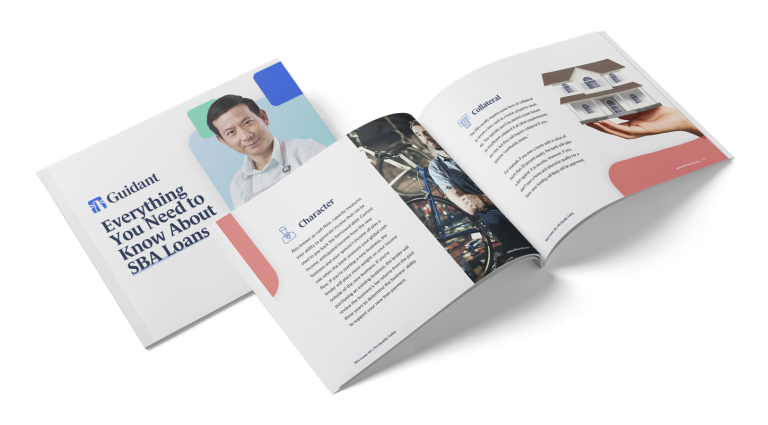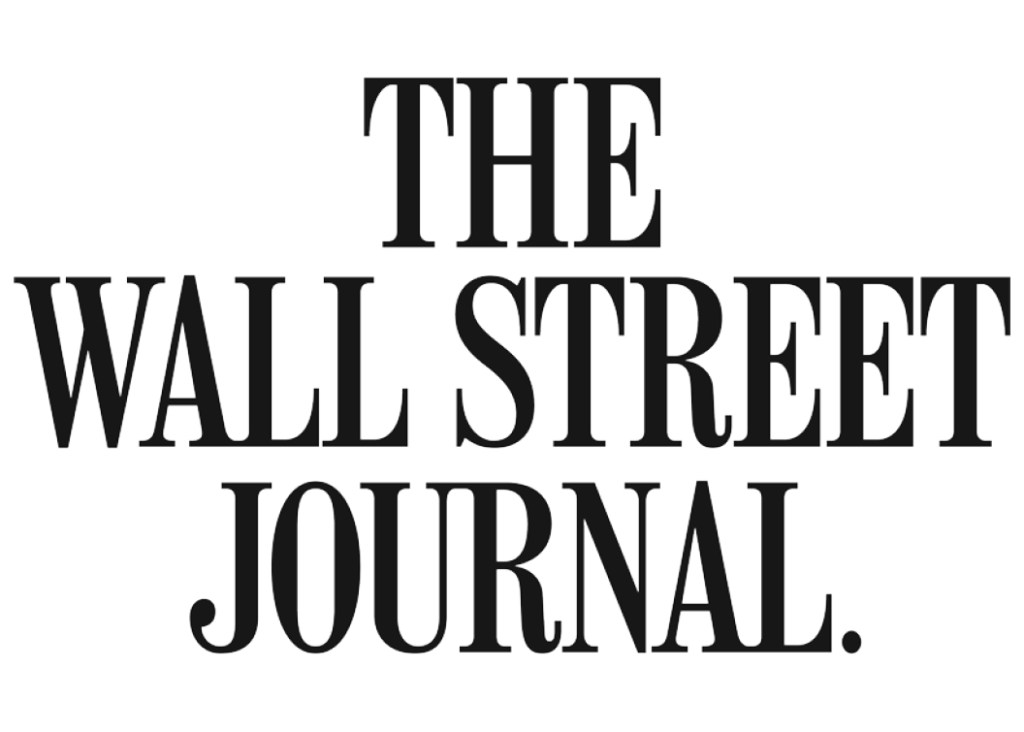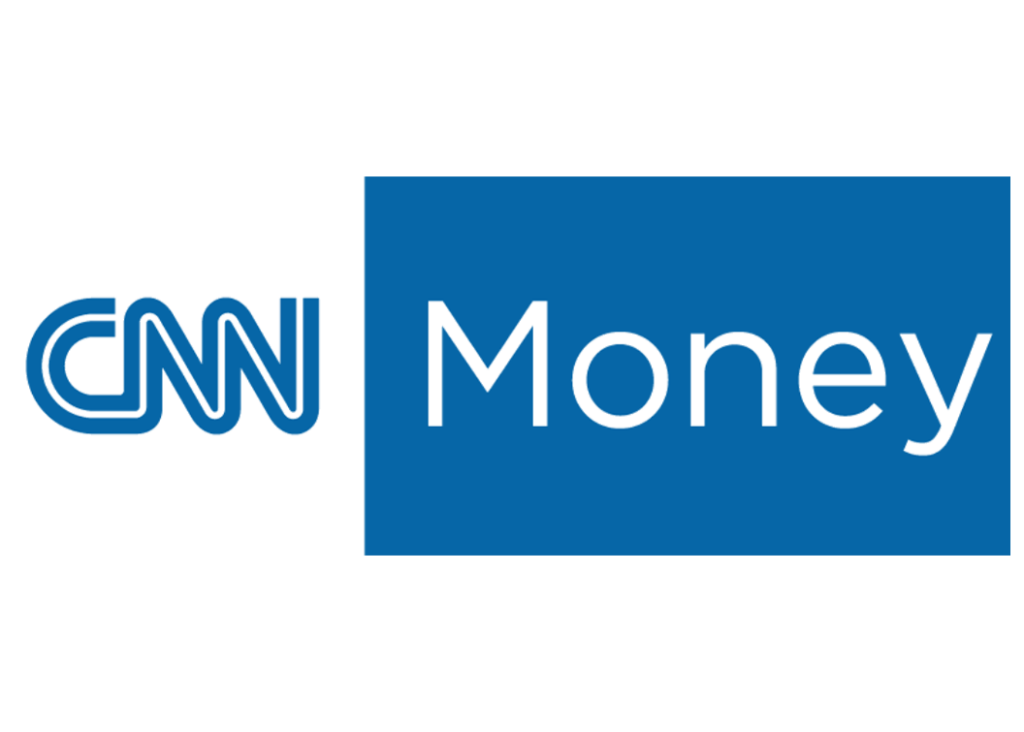The SBA Loan Process: What to Expect
The SBA loan funding process typically takes at least twelve weeks from start to finish, which can understandably feel like an intimidating venture for many new business owners. One of the best ways to gain confidence prior to applying for a loan is to learn what each step of the process will entail.
The SBA Loan Process: Six Steps to Success
Here’s a look at the full lifecycle of the SBA loan process. By gaining knowledge about what’s involved in each step, you can adequately prepare, allow for enough time as you work to launch your business and avoid unexpected challenges along the way.
Identify Your Small Business Project
Determine How Much Financing You Need
Find a Bank to Finance Your Loan
Many banks provide SBA lending services, likely including the bank you use for personal banking. However, your personal bank may not be the best place to start. Instead, refer to the SBA’s list of SBA Preferred Lenders. These banks have a proven track record of servicing SBA loans.
It’s also important to talk to lenders about what types of businesses they fund and if yours is a project they’d consider financing. For example, some banks are open to start-ups while others only provide financing for established businesses. In order to increase your chances of being approved for SBA lending, consider applying to more than one bank approval outcomes can vary from lender to lender. (Keep in mind, you’ll likely need to create a new application for each bank.)
If sourcing and applying to multiple banks sounds like an endeavor that’s too time consuming or overwhelming, you do have the option of working with a loan packaging service provider. Working with a third-party packager can be helpful in many ways. You’ll get help understanding exactly what should go in your application and what lenders are looking for. Once your application is complete, your provider can send your application to multiple lenders at once, which saves you time and increases your chances of being offered favorable loan terms. Applying to multiple banks means you’re more likely to get multiple offers and have more power as a borrower.
Complete Your Full Loan Application Package
Once you’ve identified a bank, banks or packaging service provider you want to work with, it’s time to put together your complete loan application package. While the application itself does vary with each lender, here’s an overview of what’s typically included in a complete loan application:
- Bank application form. Unless you’re working with a packaging provider, this form will look different for each lender. You should obtain this form directly from the bank you are working with.
- Form 413: Personal Financial Statement. Each proprietor, partner, managing member or owner needs to complete this form.
- Form 1919: Borrower Information Form. This form providers personal information and facilitates a background check. Each proprietor, partner, managing member or owner needs to complete this form.
- Three years of personal tax returns.
- Professional resume. Include a resume for each proprietor, partner, managing member or owner.
- Copy of a driver’s license. Include identification for each proprietor, partner, managing member or owner.
- Business plan. Check out Chapter 2 for more information on writing a complete business plan.
- Business tax returns. If funding or purchasing an existing business, include three years of business tax returns.
Underwriting With the Bank
Once your complete loan application is submitted, the next step is underwriting. During underwriting the lender reviews the information in your application, pulls your credit, and determines your strength as a borrower by analyzing the likely risks and benefits of lending you money. If you’re working with a preferred lender, the bank has someone internally review and potentially approve the loan. If working with a bank not on the preferred lender list, once the application passed through internal underwriting, the information will also be sent to the SBA for additional review.
It’s important to note that the underwriting process is not a speedy one. The minimum amount of time for a lender to review your application is 60 to 90 days. This timeline can also be extended if the lender asks you for additional information, which is not uncommon. Third party packagers function as a liaison during this process to keep things moving forward.
Closing
If your loan is approved in the underwriting process (yay!), the next step is closing. Closing is a process all its own and adds another 90 days to the overall timeline, but is the final step in SBA funding. Here’s a checklist of common items that need to be provided to a lender during closing:
- Proof of down payment funds.
- Entity documentation.
- Franchisor agreement (if applicable).
- Lease or property ownership information.
- Business insurance.
- Contractor contact information.
There’s a lot going on during throughout the SBA lending process, especially when you’re also working to start your business. The keys to success are understating each step, finding a lender who meets your needs and staying organized from start to finish.















